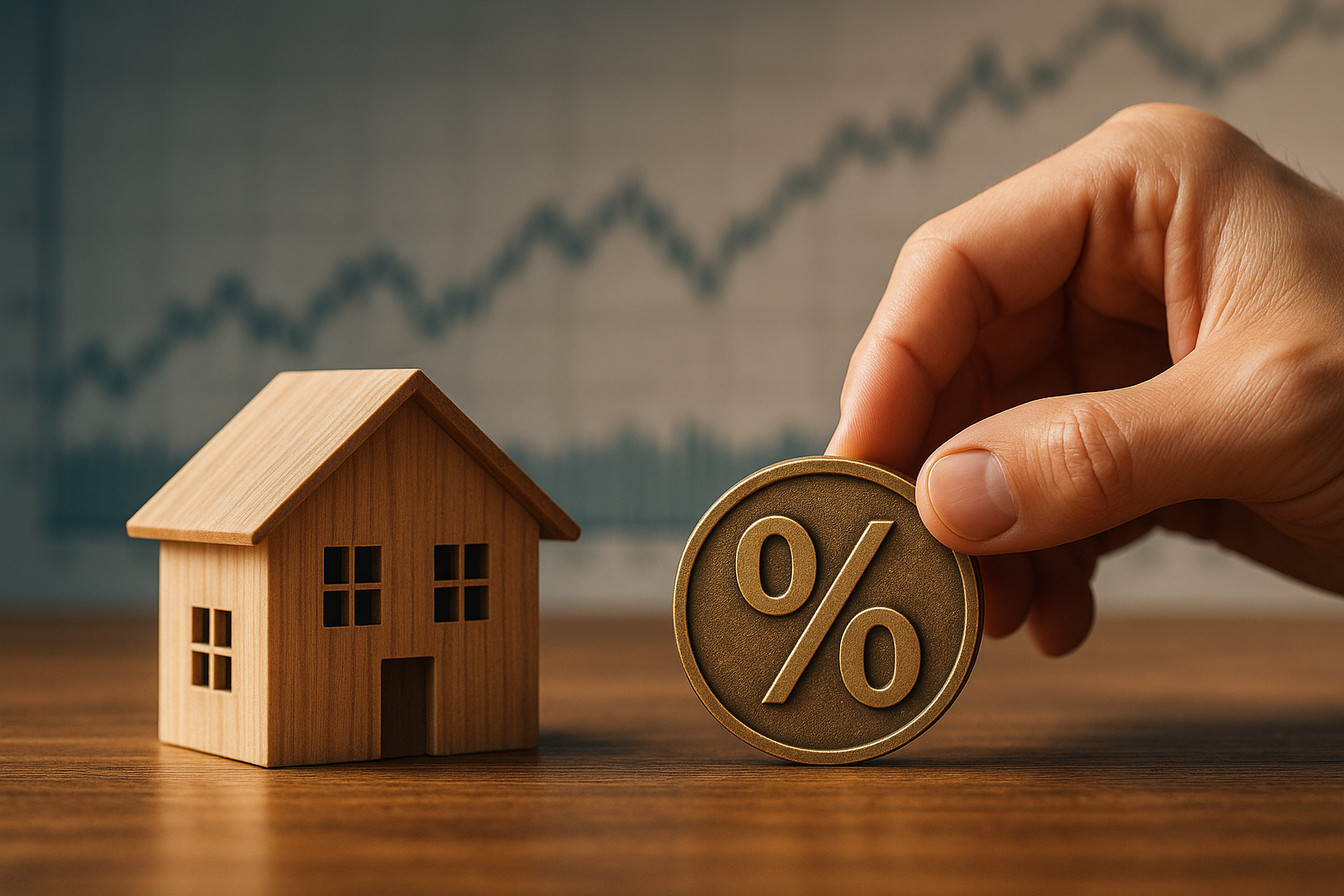Strategies to manage credit exposure during property upgrades
Upgrading a property can improve functionality and value, but financing renovations affects credit exposure and long-term finances. This article outlines practical steps to balance renovation goals with credit risk, covering budget planning, how interest and equity interact, documentation needs, and ways to reduce repayment strain while staying on a renovation timeline.

Undertaking property upgrades requires balancing the desire for improvement with measured financial planning. Managing credit exposure means understanding how different borrowing choices—home equity products, personal loans, or lines of credit—affect your interest costs, repayment obligations, and available equity. Proper assessment, clear documentation, and realistic timelines help protect credit scores and preserve long-term financial flexibility.
How does renovation finance affect credit exposure?
Choosing a loan type determines how your credit will be used and reported. Secured options such as home equity loans and HELOCs use property as collateral, which can lower interest rates but increase the risk to your home if repayments lapse. Unsecured personal loans typically have higher rates and can raise your credit utilization or new-account activity, temporarily affecting your credit score. Consider the trade-offs between lower interest and collateral risk, and check how each product reports to credit bureaus before committing.
How to assess equity and appraisal impacts?
An accurate appraisal and realistic equity assessment matter when borrowing against a property. Lenders typically limit combined loan-to-value ratios, so knowing current market value and outstanding mortgage balance helps you estimate available borrowing without overleveraging. An appraisal can also influence eligibility and rates; if planned upgrades are expected to raise value, discuss timing with lenders so you don’t lock in financing before the home’s value reflects improvements.
What should you check about rates and eligibility?
Compare interest, fees, and eligibility criteria across lenders. Fixed-rate home improvement loans stabilize monthly payments, while variable-rate HELOCs can be cheaper initially but expose you to rate changes. Lender eligibility factors include credit score, debt-to-income ratio, and documentation of income and property ownership. Request loan estimates and clarify origination fees, prepayment penalties, and how interest is calculated to evaluate true borrowing costs.
How to budget, timeline, and contingency plans?
Create a budget tied to a realistic project timeline that includes a contingency reserve (commonly 10–20%) for unexpected costs. Break down contractor bids by material, labor, permits, and allowances so the financing covers actual needs and a contingency. Staggering work phases can reduce short-term borrowing needs and limit how much credit is open at once. Build repayment projections into monthly budgets to ensure the added payment fits without increasing credit utilization dangerously.
How to work with contractor, documentation, and repayment strategies?
Vet contractors, require written contracts with timelines and payment schedules, and keep all invoices and permits. Lenders often require documentation for disbursements or to support appraisal claims. To limit credit exposure, consider partial self-funding, using lower-interest secured products for major structural work, or choosing shorter-term repayment for smaller unsecured loans. Automating payments and prioritizing higher-rate debt reduces interest burden and the chance of missed payments harming credit.
Real-world cost and pricing insights
Estimating costs helps choose the right financing. Renovation costs vary by scope, region, and materials; minor remodels may run a few thousand dollars while larger structural projects reach tens of thousands. Loan rates and terms differ by lender, product type, and borrower credit profile, so compare typical APR ranges and fee structures to find a balance between monthly payment and total interest. Below is a comparison of common loan types and providers with approximate cost ranges.
| Product/Service | Provider | Cost Estimation |
|---|---|---|
| Home equity loan (fixed) | Wells Fargo | Estimated APR range: ~5%–9% (approx.) |
| Home equity line of credit (HELOC) | Bank of America | Estimated variable APR range: ~4%–9% (approx.) |
| Personal loan for renovation | LightStream (Truist) | Estimated APR range: ~6%–18% (approx.) |
| Personal loan for renovation | SoFi | Estimated APR range: ~6%–15% (approx.) |
| Personal loan for renovation | Marcus by Goldman Sachs | Estimated APR range: ~6.99%–19.99% (approx.) |
Prices, rates, or cost estimates mentioned in this article are based on the latest available information but may change over time. Independent research is advised before making financial decisions.
Conclusion
Managing credit exposure during property upgrades centers on matching financing to project scope, understanding how interest and equity interact, and maintaining thorough documentation and realistic timelines. By comparing rates and eligibility, budgeting for contingencies, and using repayment strategies that prioritize higher-cost debt, you can achieve renovations while limiting the impact on credit and long-term financial stability.






